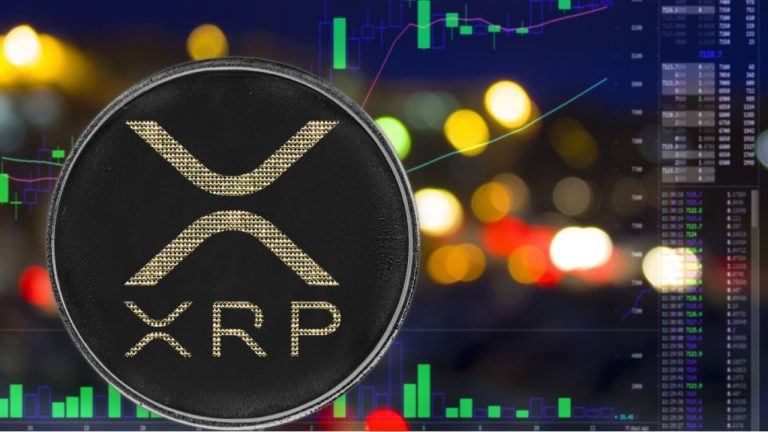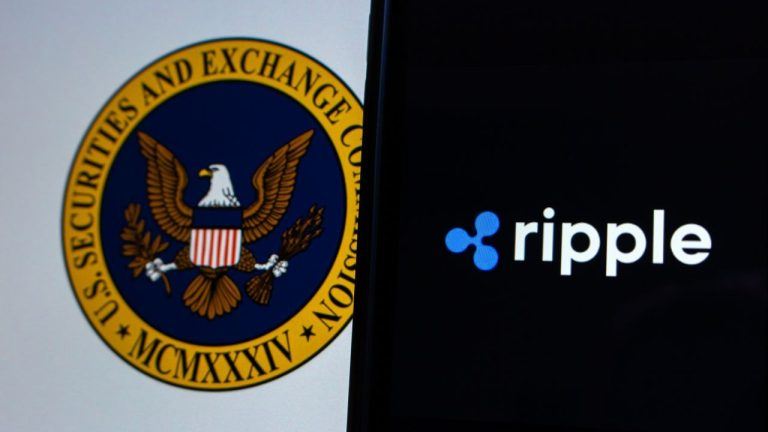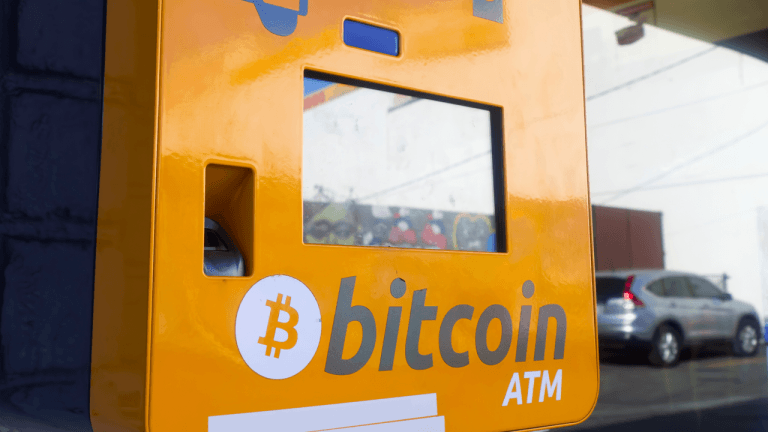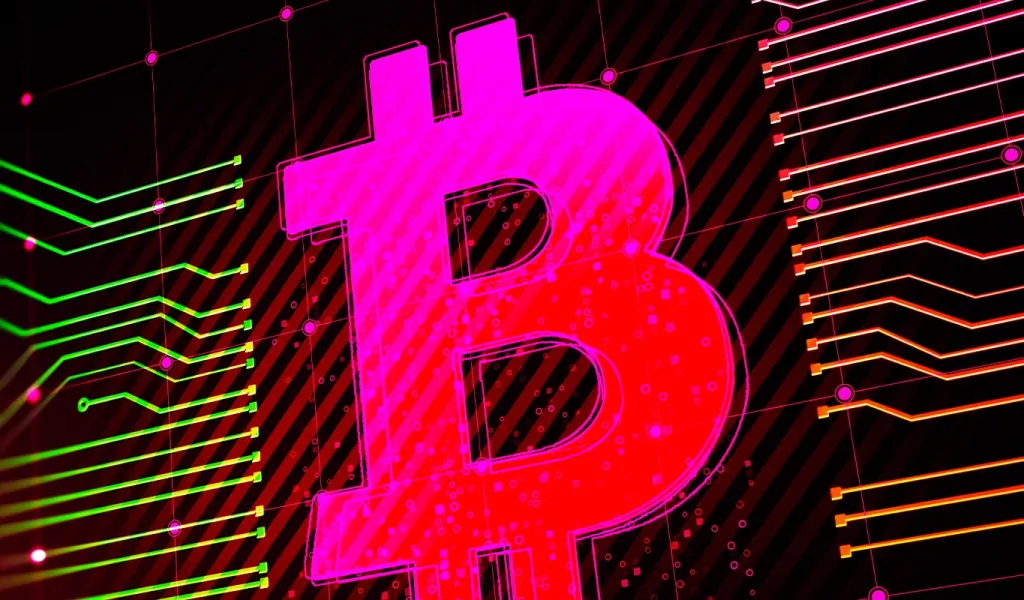
3 reasons why Bitcoin traders keep a close eye on the futures funding rate

Analysts frequently correlate a high perpetual futures funding rate with market crashes, but is this the best way to analyze the metric?
Futures contracts trading has grown immensely over the past year, and proof of this comes from the total rise in open interest. Open interest is the total number of outstanding contracts, and the figure has risen from $3.9 billion to the current $21.5 billion in six months, a 450% increase.
Sometimes traders assume that a high or low funding rate and soaring open interest indicate a bullish market, but as Cointelegraph has explained before, this is not the case. This article will take a quick look at the funding rate and how traders interpret the metric when trading perpetual futures contracts.
The funding rate can be a bull and bear indicator
Perpetual contracts have an embedded rate usually charged every eight hours to ensure there are no exchange risk imbalances. Even though both buyers’ and sellers’ open interest is matched at all times, their leverage can vary.
When longs are demanding more leverage, they will be the ones paying the fee. Therefore, this situation is interpreted as bullish. The opposite holds when shorts are using more leverage, thus causing a negative funding rate.
Whenever traders use high levels of leverage, analysts point to the risks of cascading liquidations. Although this holds true, this situation can unfold for weeks, and sometimes deleverage happens by itself. Therefore, such an indicator should not be used to predict local tops, as data will show.
Bull markets usually cause positive funding rates when buyers get overly excited. Still, this situation creates a perfect storm for short-sellers, as a 5% price correction will forcefully liquidate longs using 20x leverage. These orders could pressure the price, causing a 10% drop and subsequently trigger a cascade of liquidations.
For this reason, pundits and analysts often pinpoint excessive funding rates as the leading cause for cascading liquidations when the market turns red, even though the funding rate can remain unusually high during bull runs.
The funding rate can detect local bottoms

Take notice of how the funding rate was at 0.15% and higher per eight-hour session during February when a local top was not formed. This rate is equivalent to 3.2% per week and is somewhat burdensome for traders holding long positions. Thus, trying to time market peaks using this metric will seldomly yield good results.
On the other hand, BTC price bottoms on Jan. 27 and Feb. 28 took place in periods when the funding rate was low. These moments show traders were unwilling to leverage longs, and it proves that there is a lack of confidence on their part.
Low funding rates must be viewed in context
While this indicator might help determine whether a local bottom was formed, it certainly should not be used by itself, as the funding rate will usually dissipate after any strong price correction.
Moreover, sustained periods of high funding will attract arbitrage traders who will sell the perpetual futures while simultaneously buying the monthly contracts. Therefore, this metric should be used carefully.
To confirm investors’ distrust in opening longs, one should monitor the monthly contracts premium, known as “basis.” Unlike the perpetual contract, those fixed-calendar futures do not have a funding rate. Therefore their price will vastly differ from regular spot exchanges.

By measuring the expense gap between futures and the regular spot market, a trader can gauge the level of bullishness in the market. Whenever there’s excessive buyers optimism, the three-month futures contract will trade at a 20% or higher annualized premium (basis).
Combining the indicators can spot local BTC price bottoms
On the other hand, when the indicator marks a local bottom, it usually means that traders’ confidence is gaining momentum. Therefore, in a scenario where the perpetual contracts funding rate is low, there is a better ‘confirmation’ from buyers who deploy low leverage use.
By combining the perpetual contracts funding rate with the monthly contract basis, a trader will have a better read of market sentiment. Similar to the popular “fear and greed” indicator, traders should be buying when others show disbelief.
This scenario will usually occur when the funding rate is below 0.05% per eight hours and the three-month futures basis bottoms, as indicated on the above chart.
The views and opinions expressed here are solely those of the author and do not necessarily reflect the views of Cointelegraph. Every investment and trading move involves risk. You should conduct your own research when making a decision.
Go to Source
Author: Marcel Pechman









